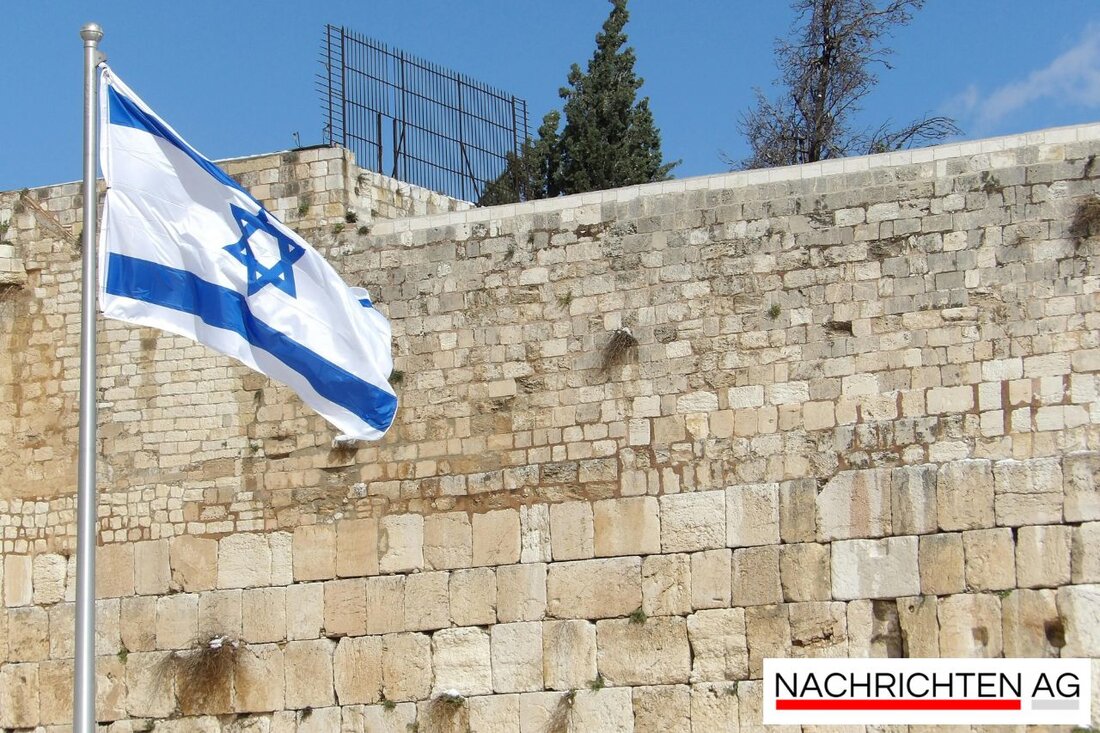Journey of discovery through Dornbach: stories and villas of the past
Discover the fascinating stories of the villas in Dornbach, a district of Vienna, in the new book by Marie-Theres Arnbom.

Journey of discovery through Dornbach: stories and villas of the past
On November 14, 2025, the author Marie-Theres Arnbom published her new book “The Villas of Dornbach”, which was published by Amalthea Verlag. The stories of houses and their residents form the core of this work, which sheds light on the Dornbach district, a charming part of Hernals in Vienna. Dornbach was incorporated into the city of Vienna in 1892 and impresses with its elegant villas and summer resort character.
In her book, Arnbom has integrated the stories into a kind of walking route. In this way, the story can be experienced and offers readers the opportunity to experience the villas and their history up close. The work is complemented by fascinating black and white images that show former interiors and villas and provide a deep insight into the past.
Famous names and fates
The author has carried out extensive research and introduces numerous remarkable families. These include personalities such as Gustav Winternitz, co-founder of the Kronen Zeitung, and the Terramare family, who brought about an economic boom in Inzersdorf. The Meinl family, an integral part of Vienna, and the Kuffner family, founders of the Ottakringer brewery and the observatory, are also mentioned in Arnbom's book. Another outstanding name is the actor Alexander Moissi, who was considered a “pop star” in his time, and Christoph Drecoll, who was known as the “fashion king” of the city.
A particularly moving chapter deals with the fates of displaced Jewish families, including the Winternitz family, Hirsch, Popper-Artberg, Stern-Krimir as well as Pollak-Parnau and Rapoport von Porada. Many of these families were able to tell their stories during emigration and managed to find new paths.
Jewish life in Vienna
The view of Jewish life in Vienna is of great importance. There were already Jews in Austria in the early Middle Ages, and the first documented mention dates back to the year 903. Over time, the Jewish communities experienced ups and downs, affected by discrimination and persecution, such as during the plague pogroms in 1349 or the Viennese Gesera in 1420/21, which led to the expulsion and murder of many Jews. Jews were often excluded from public office and forced into the money trade, which had a massive impact on their social position.
However, the Jewish community in Vienna has always strengthened itself. Today, despite a rise in anti-Semitism, especially after the Hamas terrorist attack on Israel, there is an unbroken will to maintain Jewish life. Increased security precautions are now part of everyday life to protect communities.
A notable aspect is that since the 1980s there has been a rethinking in Austria about guilt for the crimes of the Third Reich. Small but significant steps towards respectful cooperation can be seen.
In summary, Marie-Theres Arnbom's “The Villas of Dornbach” is not only a book about architecture, but also a profound examination of the history of many people and the living heritage of the city of Vienna. It invites readers to discover the stories behind the walls and to engage with the city's historical and cultural diversity.

 Suche
Suche
 Mein Konto
Mein Konto